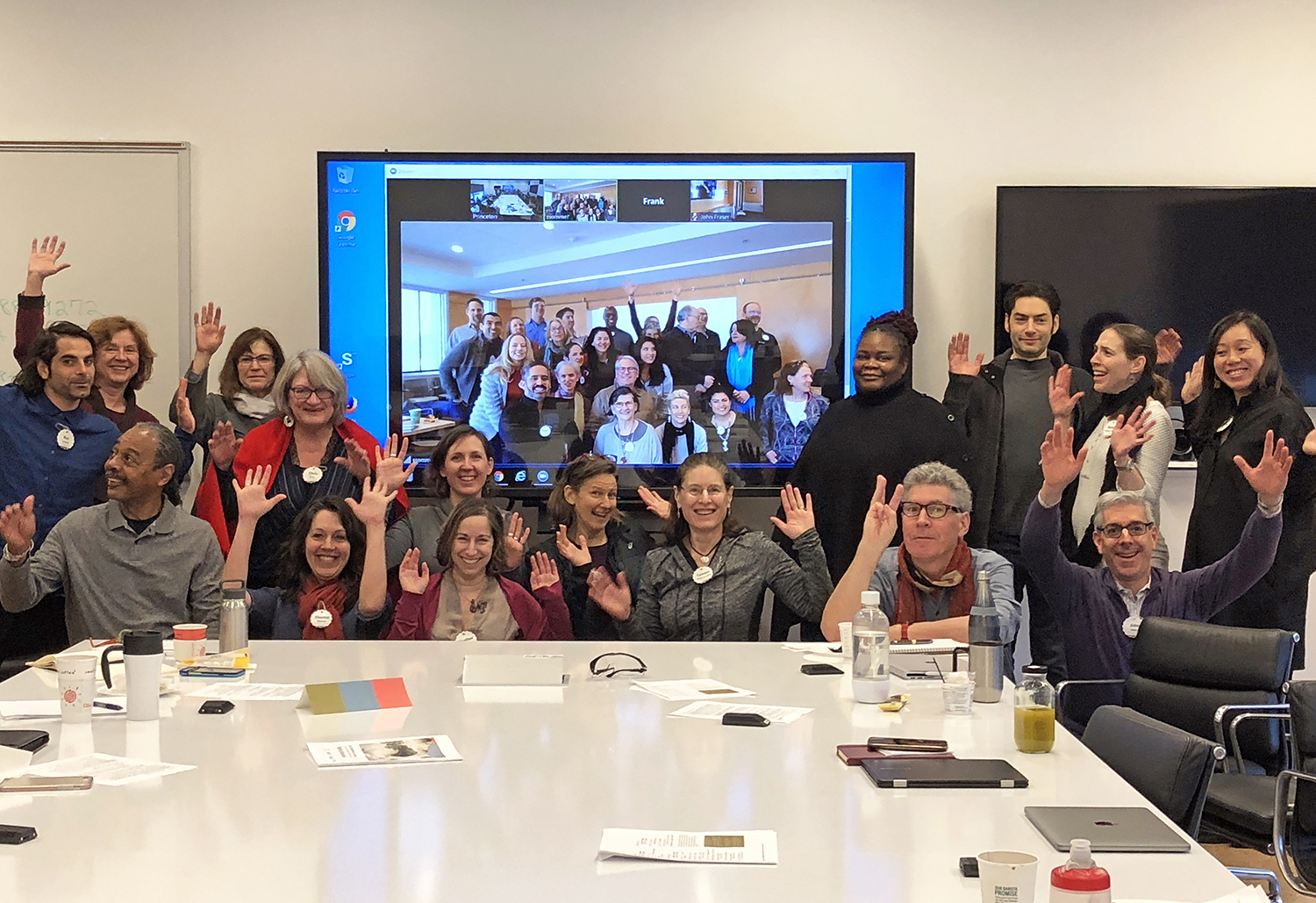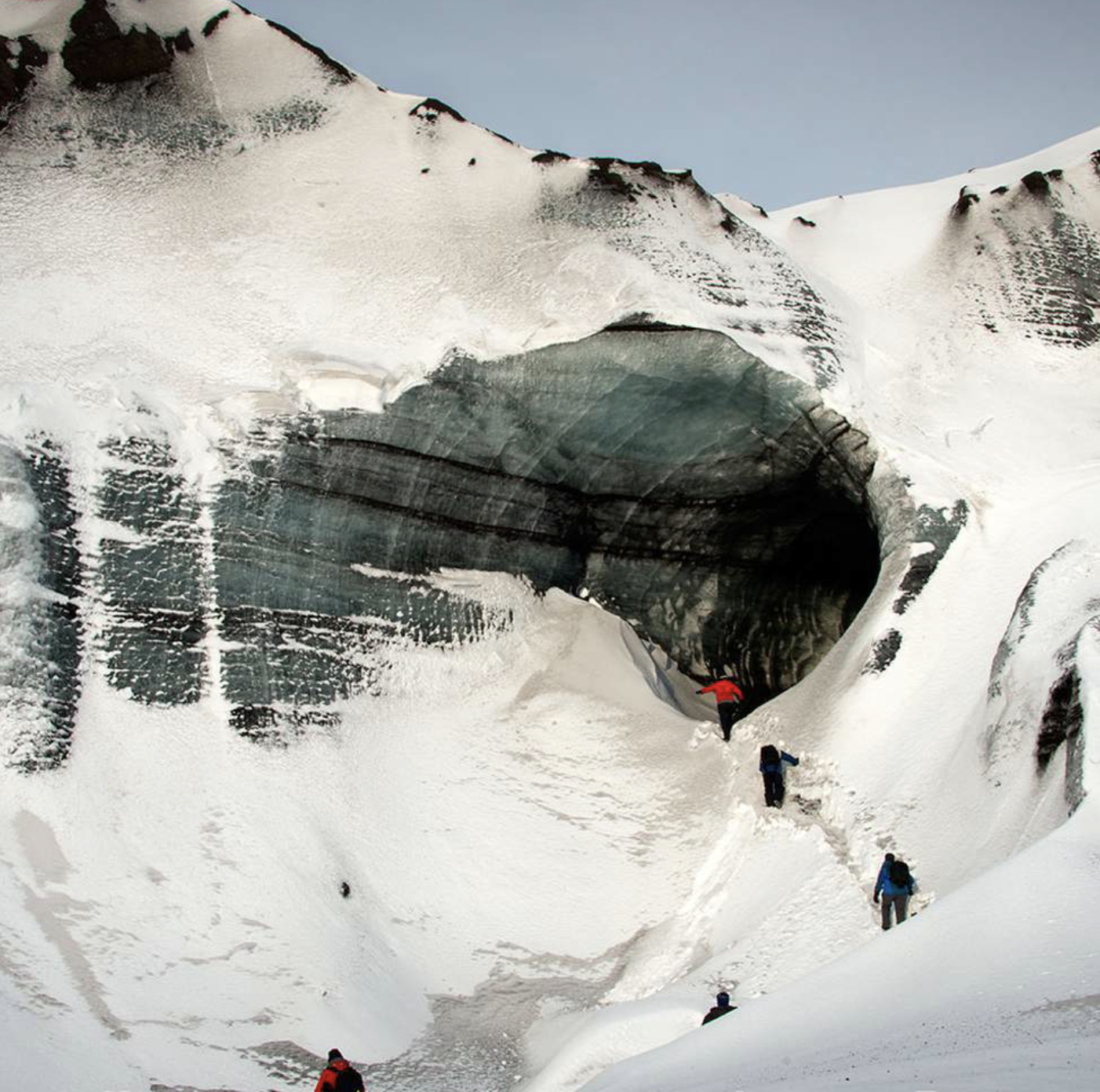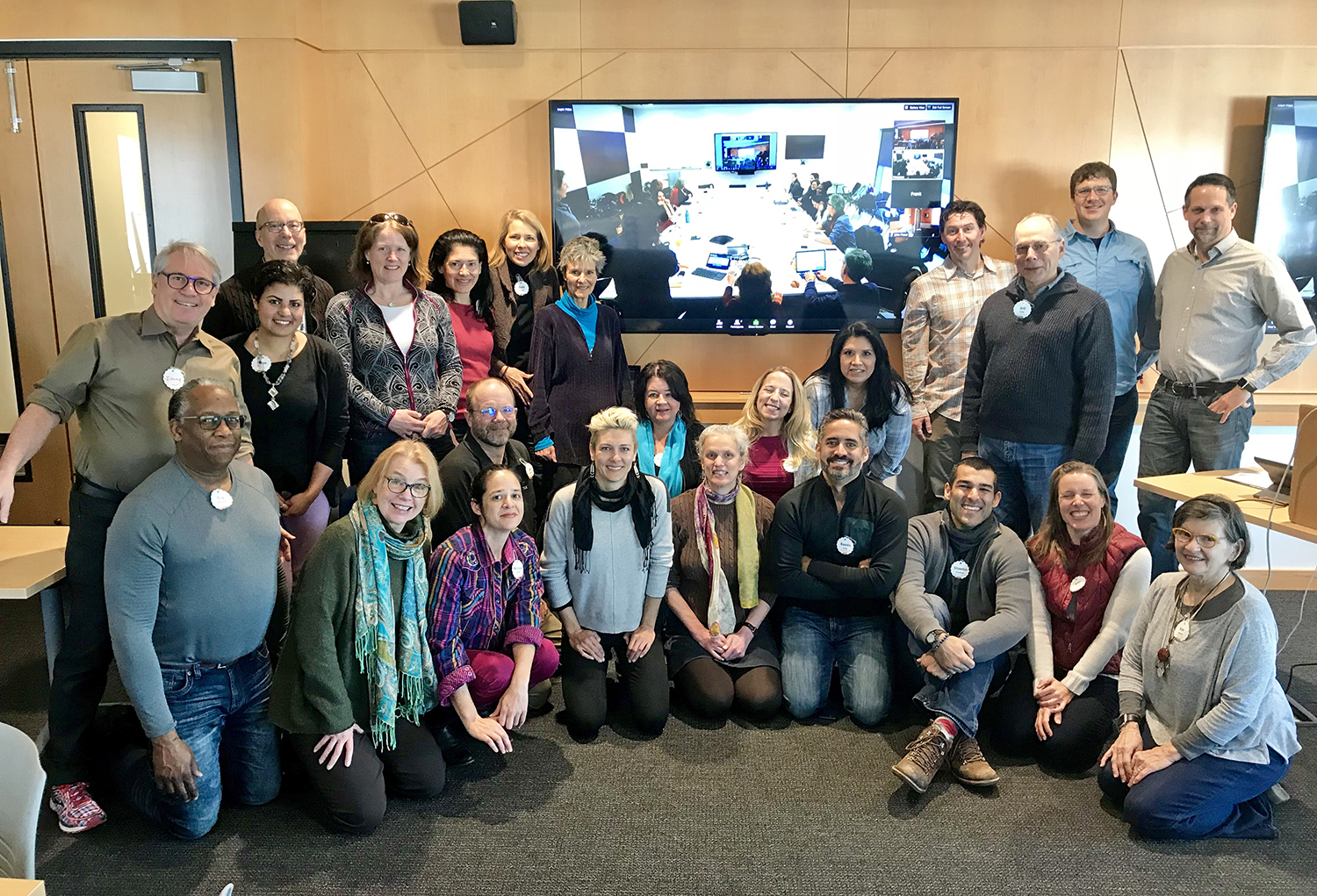Past Projects
Awareness to Action (A2A)
2018–2019
A2A brought together 37 national leaders from diverse fields in a three-day convening February 21–23, 2018, thanks to a collaboration with the Institute of Arctic and Alpine Research at the University of Colorado-Boulder and Princeton University. A2A was facilitated by NewKnowledge Organization for the first two days and Alexis Frasz of Helicon the third day, and held simultaneously at both university locations, each with half of the participants, linked by internet. Additional assistance came from the National Center for Atmospheric Research and Bethany Wall Consulting, among others.
Participants included visual and theatre artists, natural and social scientists, urban planners, cultural anthropologists, sustainablists (specialists in energy, water, waste, and transportation management), Indigenous knowledge holders, and others from across the US.
A2A was based in the fundamental understanding that while awareness of climate change has increased substantially in the US over the last decades, the necessary action and response to effectively mitigate and adapt has not — and that the arts and cultural sectors offer important allies, in partnership with science and sustainability sectors, in that public mobilization. The purpose of this EAC-initiated project was to begin to identify, create, and pursue new systems and paradigms that make it easier for the arts to collaborate with non-arts disciplines to more effectively address global change and achieve a just and sustainable future.
The A2A planning workshop and convening outlined an operational strategy for knowledge sharing to strengthen communities of practice nationally and to better conceive, conduct, and evaluate public projects working at the intersection of science, art, and sustainability in regards to climate change. During the workshop, participants defined a shared vision for collaboration organized within three “legs” or spheres of interest and action as follows.
- Establishment and Enhancement of Networks including a support network and repository that can serve as an information sharing system, communication forum, and community organizing backbone for A2A
- Forging Pathways, a prospective group of action teams identifying and exploring gaps, challenging pedagogies, and identifying opportunities to engage with groups, communities or problem conditions that could be engaged in the community.
- Think/Do Labs, a participatory action series of place-based convenings that bring network resources into areas seeking to advance behavior change and infrastructural shifts that enhance sustainability opportunities.
The workshop broke important ground by establishing a trans-sectoral convening that goes beyond a dyadic science-art dialogue to a triadic science-art-sustainability dialogue. A wealth of ideas and concepts emerged during the workshop itself, as part of a “homework assignment” submitted by participants immediately after the workshop, and through activities following the workshop.
Spin offs included
- Presentations by artists at science and sustainability conferences including the American Geophysical Union annual Fall Meeting, the largest gathering of Earth science professionals in the world and the BECC (Behavior, Energy, and Climate Change) Conference, a gathering of engineers, sustainablists, anthropologists, psychologists, and others
- Presentations about the importance of climate change/arts collaborations at arts conferences including the EcoArts Australis Conference and Colorado Creative Industries Summit, and for municipalities, and other entities.
- The initiation of the Creative Climate Leadership Training and Transformation program for the first time in the US, led by Julie’s Bicycle, in collaborations with the University of Arizona, CEUCE, and others
- The collaborative co-production of EAC’s upcoming National Endowment for the Arts funded project RED ALERT: NEW ROLES FOR THE ARTS IN THE FACE OF GLOBAL CHANGE
- Behind the scenes planning for a new project bringing together multiple science, arts, sustainability, Indigenous knowledge, and other sectors to better prepare for, mitigate, respond to, recover from, and transform beyond extreme events due to climate change
A2A was made possible thanks to funding from the National Science Foundation, a grant which EAC wrote through and with the help of our invaluable primary collaborator, INSTAAR (Institute of Arctic and Alpine Research).
Excerpts from the A2A briefing materials can be found here.
Photo credits coming soon.





